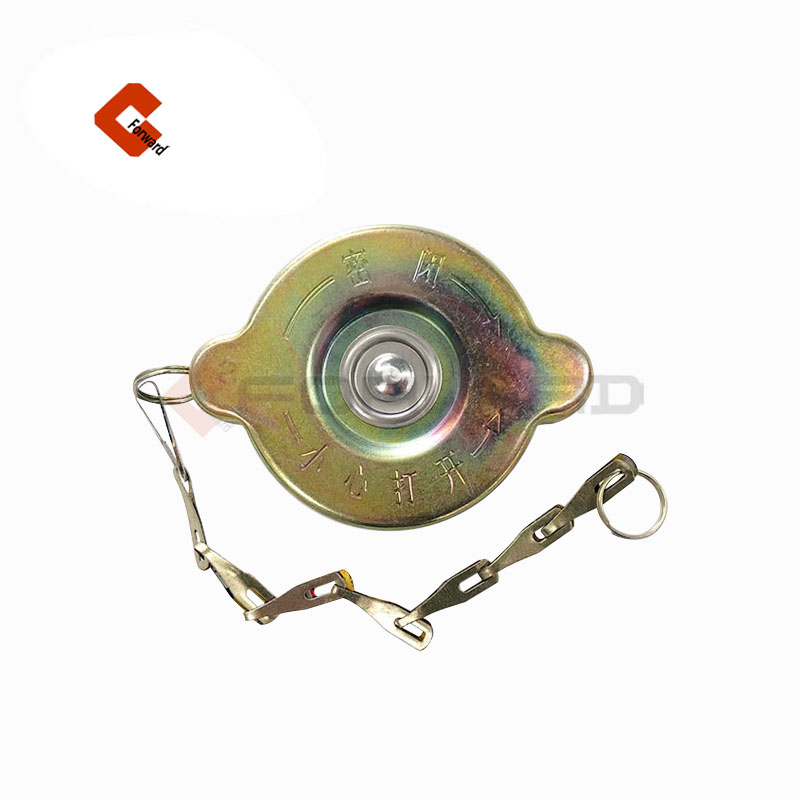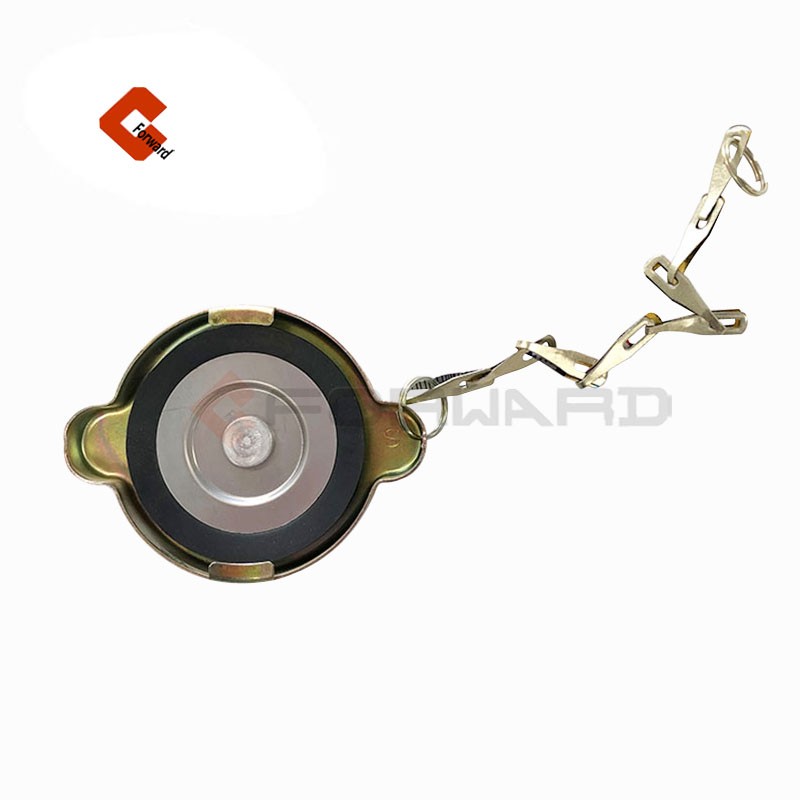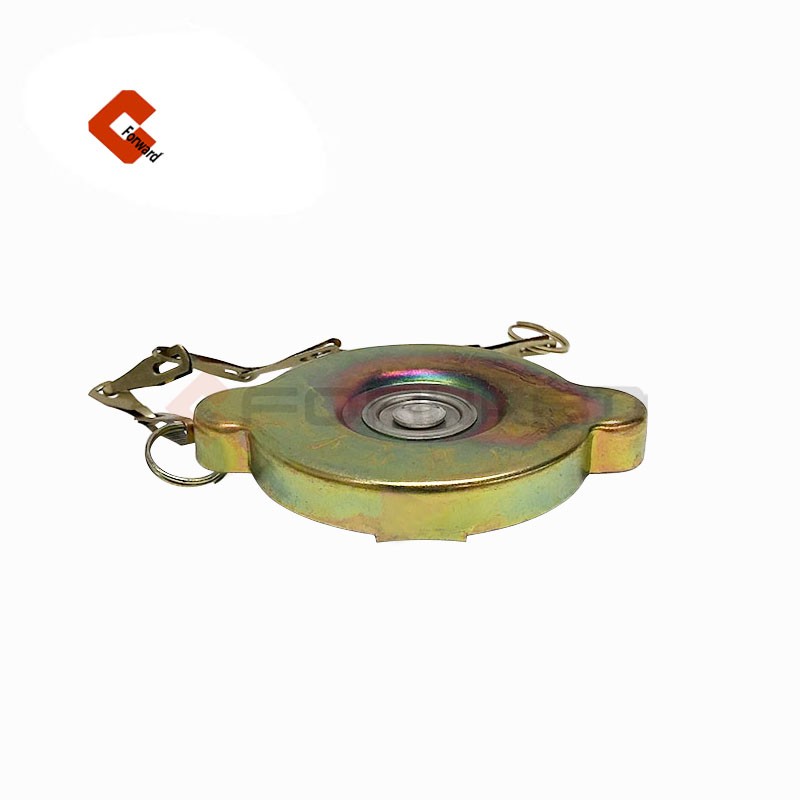Two, the material used in the lower body of the expansion tank is PP/PE, the thickness of the parts is 3.5mm, and the manufacturing process is injection molding.
Three, the diversion mechanism uses the material is PP/PE parts of the thickness of 1mm manufacturing process is injection molding.
Four, the overflow pipe used material is PP/PE parts of the thickness of 1mm manufacturing process is blow molding.
V. Models are square and round; Other parameters are nominal area, effective volume, external size, nominal volume, effective volume, cylinder body; Height, inner diameter and height have corresponding production standards. When 95-70 ℃ heating system V= 0.031VC, when 110-70 ℃ heating system V= 0.038VC, when 130-70 ℃ heating system V= 0.043VC.
His role is to discharge the gas inside the cooling system, but also can give the cooling system the corresponding supply of coolant, by improving the pressure of the cooling system to improve the pressure of the pump, but also in order to prevent the damage of pump cavitation.
Simply said that the expansion tank is used in a very wide range of industries, such as central air conditioning, boilers, water heaters, frequency conversion, constant pressure water supply and many other mechanical equipment. He not only plays the role of pressure relief, when the pressure has a slight change he can also play the role of buffer. In order to stabilize and protect its function, please do not open it frequently when using it. In the process of closing it, we should also follow the corresponding procedures
The flow of coolant mainly depends on the pressure of the pump to work, when the pump suction pressure is very low side, there will be a steam bubble, then there will be a drop in water. But it is easy to produce cavitation phenomenon, at this time the surface will appear pits, if not to prevent this problem will directly reduce the service life.
The flow of steam bubbles in the radiator is through ducts, so that the steam is completely separated. The temperature of the expanded water is generally relatively low, which can let the gas get a certain cooling, and then continue to use the water pump from the new entry. Allow the corresponding gas to act as a buffer, so that the cooling system pressure is maintained at the
standard state


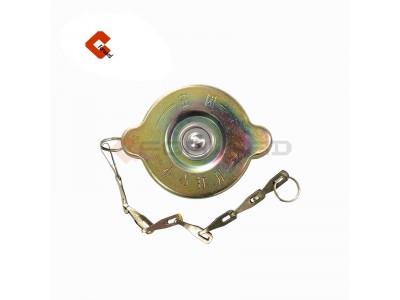
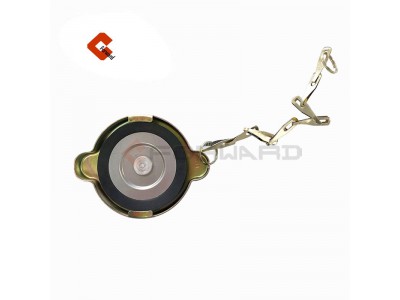
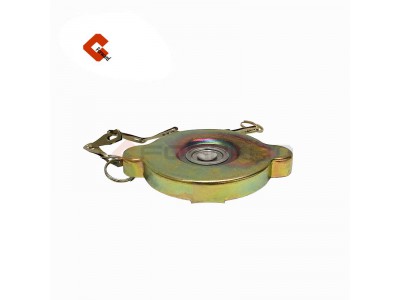

 [VIP第8年] 指数:7
[VIP第8年] 指数:7 通过认证
通过认证 

